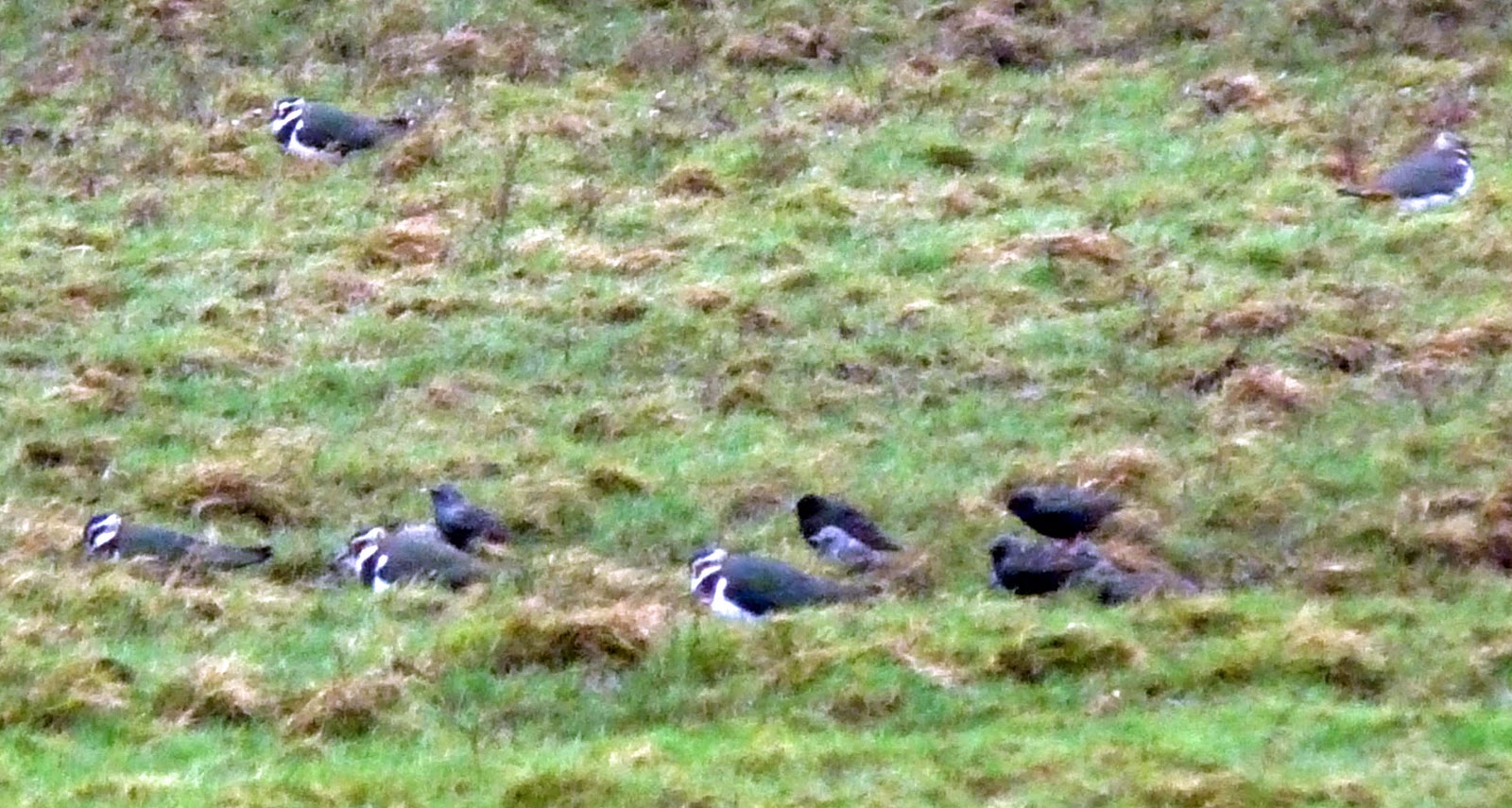
One online etymology website suggests that the word gale is derived from an earlier spelling, gail, which it claims is of uncertain origin.

This word is probably of North Germanic origin, related to Icelandic gola (breeze) and Danish gal (furious, mad), which are both from Old Norse gala (to sing), from Proto-Germanic * galaną (to roop, sing, charm), from Proto-Indo-European * gʰel- (to shout, scream, charm away). The word gale is derived from the Middle English gale, a general word for wind of any strength, even a breeze. Roger Waters - Bird In A Gale (Lyrics) Change the volume of this song song Change chord volume. On the original 1810 Beaufort wind force scale, there were four different "gale" designations whereas generally today there are two gale forces, 8 and 9, and a near gale 7: It is an empirical measure for describing wind speed based mainly on observed sea conditions. The most common way of measuring wind force is with the Beaufort scale which defines a gale as wind from 50 kilometres per hour (14 m/s) to 102 kilometres per hour (28 m/s). A common alternative definition of the maximum is 55 knots (102 km/h 63 mph 28 m/s). The 90 knots (170 km/h 46 m/s 100 mph) definition is very non-standard. a wind from 32 to 63 miles per hour (about 51 to 102 kilometers per hour). Through 1986, the National Hurricane Center used the term “gale” to refer to winds of tropical force for coastal areas, between 33 knots (61 km/h 17 m/s 38 mph) and 63 knots (117 km/h 72 mph 32 m/s). Gale launches The Case Against Bird Shooting and Snares: The Time for a Ban with Bill Oddie for The League Against Cruel Sports. Other sources use minima as low as 28 knots (52 km/h 14 m/s 32 mph), and maxima as high as 90 knots (170 km/h 46 m/s 100 mph). In the United States, a gale warning is specifically a maritime warning the land-based equivalent in National Weather Service warning products is a wind advisory. Are you blowing like a bird in a gale Does the pain of your. At the third stroke, it will be 8:57, precisely.

, southwesterly and westerly, five, seven. The time now is five minutes past midnight on the first of January. Forecasters typically issue gale warnings when winds of this strength are expected. Expect wind damage to roofs, siding, and. National Weather Service defines a gale as sustained surface winds moving at a speed of between 34 and 47 knots ( 63–87 km/h, 17.5–24.2 m/s or 39–54 miles/hour) of. A gale is a strong wind the word is typically used as a descriptor in nautical contexts.


 0 kommentar(er)
0 kommentar(er)
